Theory & Practice: Do We Know How to Run?
Does the above question make any sense to anyone who is involved in running? Isn’t running a natural, simple and accessible for most people exercise for health, pleasure and competition? Is there anything wrong with this picture? By the latest statistical data, there are about 33.6 million people only in the US, including people running in some exercise program, which makes running the most popular and also the most dangerous kind of sport, because by the same statistical analysis, 2 out of 3 runners are injured every year. This statistic was first shown in the 70’s, when the running boom started, and it remains the same to this day.
So, two simple questions could be raised on this matter:
- Does this number of runners show that we know how to run, and I mean, actually run correctly?
- And, if, the answer to this question is yes, and we run correctly, why the number of injuries received in running, still remains so high, despite a much better medical service, more sophisticated running shoes, more educated coaches and athletes?
The irony of this situation lies in the fact that everybody talks about different causes of injuries, about volume and intensity of training, running surface, shoe design, body alignment, but not about how we run. So, no matter how you run, it’s ok. If you try to apply this “logic” to any other human activity such as swimming, tennis, dancing, driving a car and so on, it would sound totally strange, but not so for running…
A human organism, developed and existing in the gravity field, the greatest natural force surrounding us, should stay within a certain biomechanical framework.
This paradox has a long history, which could be summarized as follows. Despite more than 100 years of scientific study in running, with tons of articles and books, and practical experience of best coaches, we still didn’t come to some commonly accepted model of running technique. As it was expressed by A. Nitro (1987) that “there is no scientifically founded ideal technique, that suits everyone.” But following this way of thinking, we should then agree that swimming technique is also completely individual, or hammer throwing technique, etc.
I don’t think so. If we accept this point of view, we’ll have to admit that nature “doesn’t care” how this or that exercise is performed in relation to gravity. I can’t agree with this, because I accept the philosophy of wholeness of nature, and the existence of humans as a part of it, setting a lot of limitations on their physiological, and biomechanical functions.
We have to understand, that nature does allow some deviations, and some angles, but these are very limited – if you ignore them, nature will “punish” you. No substantial deviations from nature’s “requirements” actually go unpunished. A human organism, developed and existing in the gravity field, the greatest natural force surrounding us, should stay within a certain biomechanical framework or some limits appropriate for gravity.
Free falling body during 6 seconds could achieve the speed of 58.8 m/s … almost 5 times more than the fastest runner.
How powerful gravity could be is easily illustrated by the following example. As you know, snowmass sliding downhill, called an avalanche, goes at the speed of more than 200 km/hr and becomes a disaster. We can compare human force with gravity as well. For instance, the fastest sprinters in the world could reach the highest speed of 12.5 m/s in 6 sec. But a free falling body during 6 seconds could achieve the speed of 58.8 m/s (v=at, 9.8 m/sec2 x 6 = 58.8m/s), which is almost 5 times more than the fastest runner. We can make some adjustments on horizontal directions in running, but it is far from the power of gravity.
Certainly, there are other forces involved in running as well, such as a ground reaction force (GR), muscle elasticity (ME) and muscle voluntary contraction (MVC). Speaking about movement, we have to understand that that is the resultant force or group of forces acting upon the moving body. Therefore the model of running technique is first of all a model of forces in running. This is what the science was looking for in running technique, and missed, and consequently left the title question of this article unanswered.
What we have in reality, is an eclectic field of facts and opinions on how we are supposed to run, but with no standard to which we could turn in our desire to achieve proper running. The absence of a uniform standard brought about lots of negative things in teaching and learning. Think of any possibility of teaching without any standards. It’s impossible, because you can’t build any movement without knowing the forces influencing your body parts, and you can’t correct any errors in your movement, because errors are by definition deviations from the standard.
There are no relations between errors and injuries, because, as we already pointed out, there are no errors, if we have no standard. Basically, to this day, the science of running avoids talking about errors and consequently about their relationship to injuries. Do you know any other sporting event where there are no errors?
Coaches had to solve this problem, to a certain degree, through their intuition, experience, trial and error, just luck and some general knowledge of the field, but not by having a proper model of running, or the method of teaching it. These two come together because they are interdependent things. We can’t teach what we don’t know. So to solve the problem we have to know what to teach and how to teach it.
The model of running technique is first of all a model of forces in running.
The following is a proposal for runners, triathletes, coaches and teachers for how to approach this problem from a theoretical and practical standpoint. This approach is the method of running and the method of teaching someone or yourself, which I call the Pose Method.
The essence of this method is that we employ gravity as a major force acting upon the runner’s body, and the rest of forces are assisting with this. And because the best integration of forces involved in running can happen only in a certain frame (point) of space and time of the body position, I call it the running Pose and the way of running and teaching – the Pose Method.
If we take qualitative descriptions of technique of the best runners, it can be reduced to the following: an easy, effortless, relaxed, smooth, flowing, without visible vertical oscillations, running. But does it mean that we can say that we know how to run correctly and how to teach correct running technique? Yes, our answer is still “no”, because we don’t know how to start and continue the described movement, where and when to apply the efforts and so on.
Nevertheless, the first answer was given around 500 years ago by the ingenious Leonardo da Vinci, who wrote: “Motion is created by the destruction of balance…” And really, what is the starting point in running? It starts in the position of balance, where the runner starts to fall forward from. Indeed, the free falling is the most simple representation of freedom of movement around us. It doesn’t cost us anything, but requires only some skill of transformation of movement from vertical to horizontal direction. The latter is the function of the rest of forces: ground reaction, muscle elasticity, muscle voluntary contraction which is related with our efforts. So we have to define where and how they should be applied.
The next simple reasoning could lead us to the proper answer. If we think that the main role of forward motion belongs to the gravitational force, then the ground reaction force and elasticity are indirectly redirecting this pull. But when the body is in the process of falling forward, the bulk of our attention should be devoted to the foot on the ground, which cannot remove itself. While it will eventually come off the ground, it won’t do so within the proper time frame. So our efforts should be directed to pulling the support foot from the ground and the most effective way to do that is with hamstring muscles. While doing that we automatically involve muscle elasticity, we remove the body weight off the ground and that allows us to change support.
The actual formula of running technique therefore could be summarized in the following way: fall and pull in the pose
This is the cycle of movement: falling forward from the position of balance, and changing the support from one leg to the other by pulling the foot from the ground, spending minimum efforts and producing minimum braking to our body movement forward. An interesting thing about it is that all these possibilities meet each other only in one point, in the Pose, when the body is in the state of balance on one leg, with the GCM (General Center of Mass) above the ball of the foot, with the s-spring body shape. This is the position from which we could start falling forward and then pulling the support foot from the ground simultaneously, producing non-stop cycle of movement.
The actual formula of running technique therefore could be summarized in the following way: fall and pull in the pose, which could be further reduced to just the pull, when the pose and fall are established well enough.
This running “formula” could be easily employed by athletes of any level, from novice to elite, and by runners for different distances, from short (100m) to the marathon. For gravity it doesn’t matter what is the speed and length of running, as long as you are falling, you have to pull your support foot from the ground. Certainly, it will be a different cadence of pulling, depending on how much we would like to use gravity. The lowest rate of frequency can be about 180 steps per minute, due to necessity to involve muscle elasticity. When the stride frequency goes below this level, muscle elasticity involvement reduces, and together with this muscle voluntary efforts and energy expenditure increase.
The Pose Method® is a very simple concept to understand, but not too easy to execute. This is so not because it is difficult physically, but because it involves completely different neuromuscular patterns, compared to what we were taught and had experienced before. It requires re-education of our bodies in our understanding, visualization, feeling, and execution, in other words, a completely new perception of everything.
My experience with the Pose Method is only positive, with happy and injury-free runners and triathletes from different countries at all levels from beginners to world champions. And my desire is to make this method available to more people in order to help them to accomplish their lifetime goals and most importantly – enjoy running to the fullest.

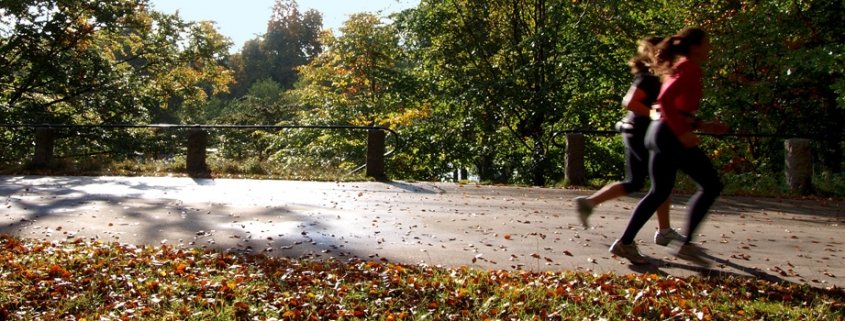
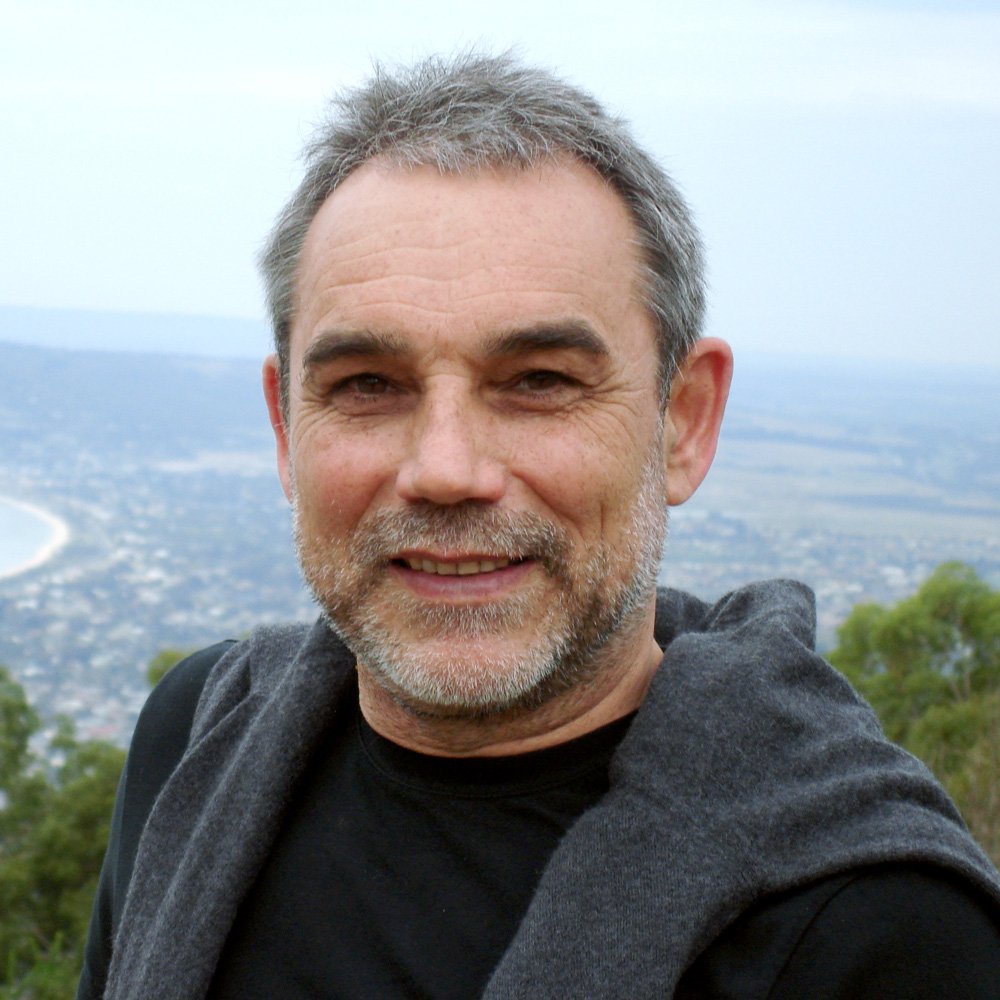

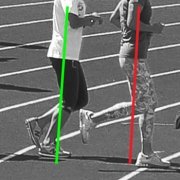 Pose Method Publishing, Inc
Pose Method Publishing, Inc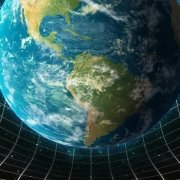 Pose Method Publishing, Inc
Pose Method Publishing, Inc Pose Method Publishing, Inc
Pose Method Publishing, Inc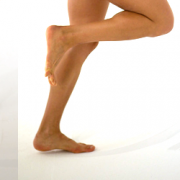 Pose Method Publishing, Inc
Pose Method Publishing, Inc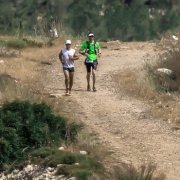 Pose Method Publishing, Inc
Pose Method Publishing, Inc Pose Method Publishing, Inc
Pose Method Publishing, Inc
Leave a Reply
Want to join the discussion?Feel free to contribute!